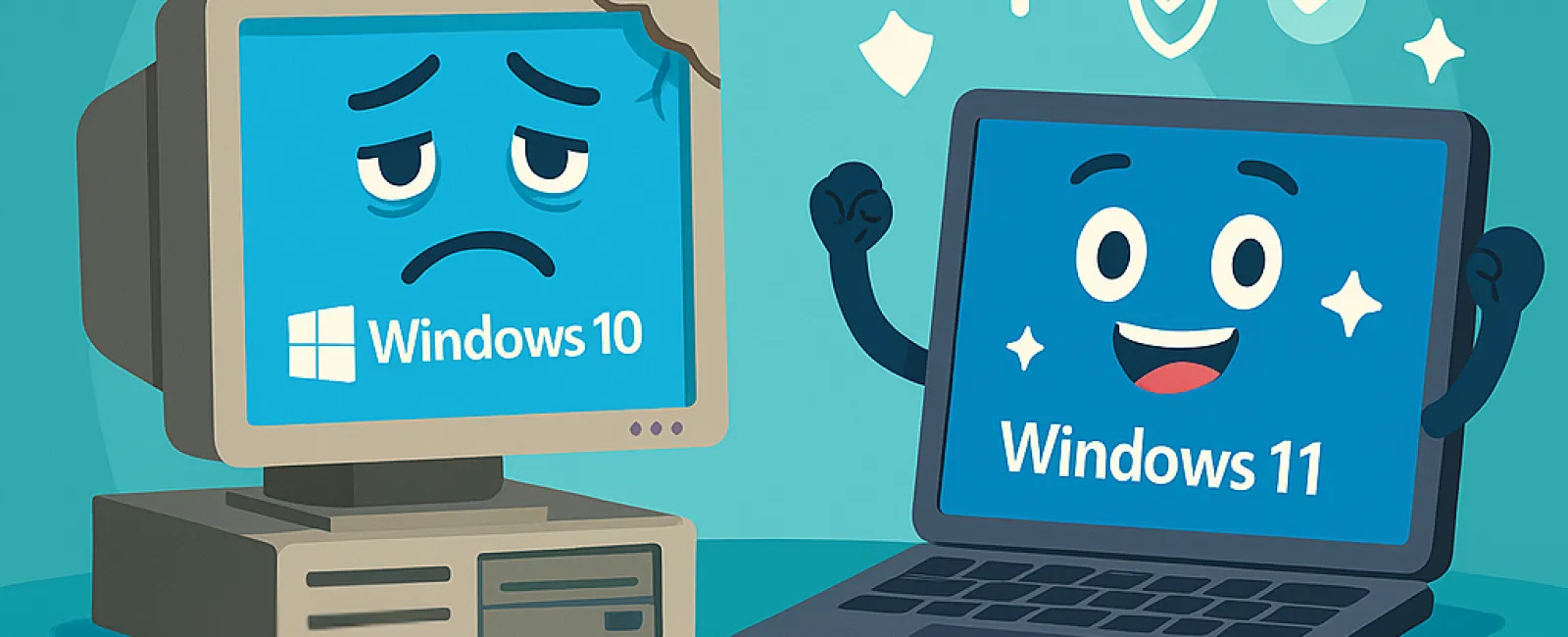September 22, 2025
At first glance, holding onto aging technology to save on IT expenses may seem like a smart move. However, the reality is that sticking with outdated hardware and software often leads to higher costs in productivity losses, budget overruns, and security vulnerabilities.
Understanding the True Price of Outdated Technology
Outdated technology impacts your business in several critical ways. Older systems tend to operate slowly, hindering your team's efficiency and overall productivity. Moreover, they are prone to sudden failures, causing unplanned downtime that can severely disrupt your project timelines and deliverables.
Security risks also escalate with obsolete systems. Since legacy software and hardware no longer receive security patches, they become prime targets for cyberattacks. Hackers exploit these known weaknesses to gain unauthorized access to your business data. Upgrading to the latest technology is essential not just for safeguarding your assets but also for maintaining compliance with industry regulations and audit requirements.
Recognizing When It's Time to Upgrade Your Technology
Watch for these key indicators that signal your IT infrastructure needs an update:
1. Operating systems stuck on Windows 10 or earlier versions.
Windows 10 support ends in October 2025, after which it will no longer receive critical security updates. Continuing to use it exposes your business to increasing cybersecurity and compliance risks. Begin planning your migration to Windows 11 today for sustained protection and improved functionality.
2. Repeated IT support requests for recurring issues.
Persistent system crashes, freezes, and slowdowns are not just minor annoyances—they signal that your technology is deteriorating. Frequent problems detract from your team's productivity and cause unnecessary operational headaches.
3. Software incompatibility with modern tools and platforms.
Legacy applications may fail to integrate with mobile solutions or cloud services, restricting your ability to leverage newer technologies that enhance client service and support business growth.
4. Devices that delay team workflows.
Old computers that take too long to start up or crash during important online meetings slow down your entire operation. Time wasted equates to money lost. Devices over three to five years old should be evaluated for both performance and energy efficiency to ensure they aren't dampening your productivity or driving up operational costs.
5. Reliance on outdated cybersecurity measures.
Firewalls and antivirus software that haven't been updated in years leave your business dangerously exposed. Cyber threats quickly evolve, so your protection strategies must keep pace. Neglected security systems are often the easiest entry points for ransomware and other cyberattacks.
Worried about the expense of upgrading? It's a common concern, but keep in mind that the ongoing costs from lost productivity, security breaches, and constant band-aid repairs can far exceed the investment in modern technology. Fortunately, there are smart, budget-conscious upgrade paths to keep your business secure and efficient.
Partner with Experts for a Seamless Technology Upgrade
If you need a trusted team to guide you through technology transitions and proactively identify when upgrades are necessary, reach out to us. Schedule a complimentary 10-Minute Discovery Call with our specialists, and we'll help you chart the most effective and affordable path forward to keep your business competitive, secure, and productive. Call us at 801-997-8000 or click here to book your free consultation.





